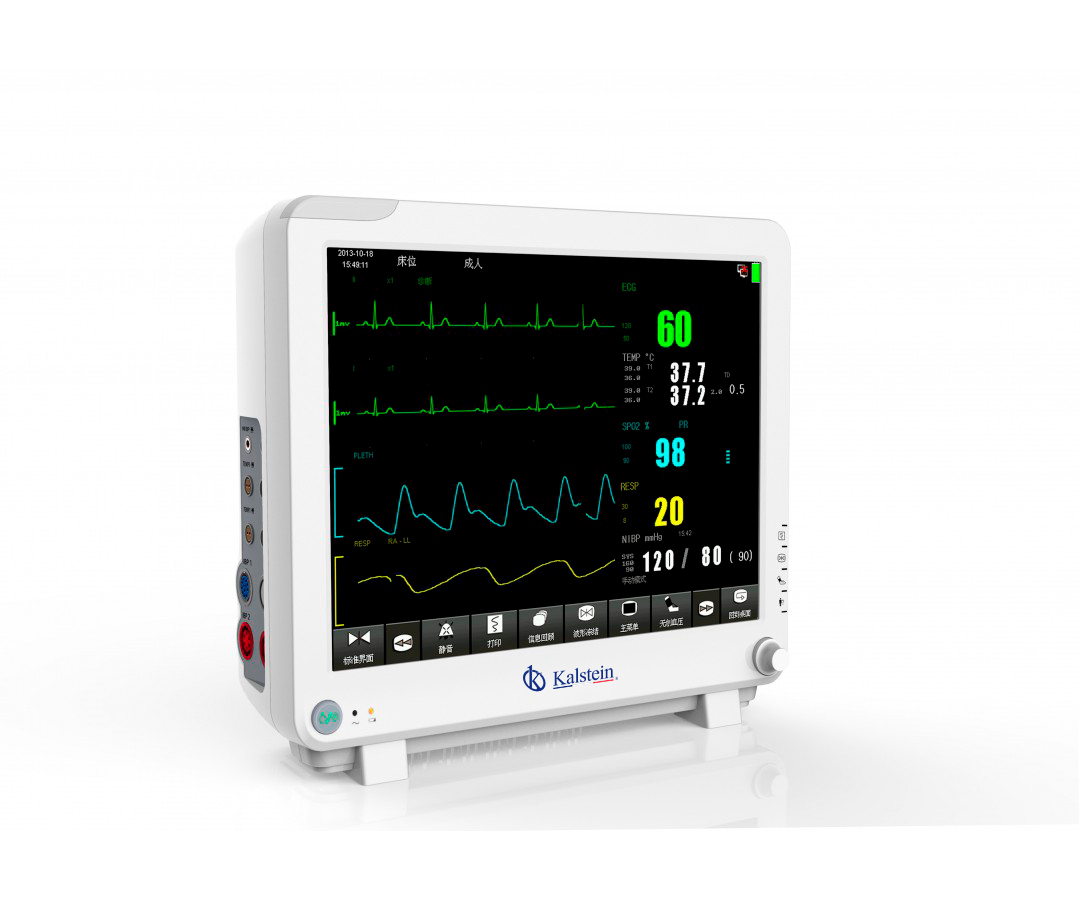Patient monitors, also called vital signs monitors, are essential medical equipment in every health care facility. They have the function of recording basic information of the patient undergoing surgery, among the data they record are vital signs. The main idea of these instruments is to provide continuous monitoring of the patient.
Such equipment should be present mainly in hospitalization, emergency, and intensive care centers, as these are the most important places for continuous patient monitoring. Patient monitors should be easy to manipulate and additionally have additional items such as alarms in case patient vital signs fail.
What are vital signs monitors used for?
A good understanding of the role of patient monitors requires knowledge of vital signs. Vital signs are measurements of the basic functions of the body, which allow doctors to monitor our health status at the time we are performing any medical intervention. The basic signs a monitor should include are:
- Respiratory rate
- Temperature
- Blood pressure
- Pulse
Of all the medical equipment available, vital signs monitors play a fundamental role in every hospital center, as they constantly keep doctors informed about the signals emitted by the body. These monitors are similar to a television screen, except they display patient information in waves and numbers in a very simple way for medical staff to review and interpret.
How does a vital signs monitor work?
They have a very simple operation, in general, these equipment records the patient’s information by using electrodes, the signals that it collects are sent to the brain of the monitor through a transmitter that must be connected to the patient, normally connected in the hands, in this way the information can be reflected on the screen of the equipment.
Of course, monitors must additionally have automatic alarm systems in order to alert doctors or health personnel in case any abnormal value is present at the time of vital signs monitoring. On the other hand, the best monitors should allow storing the information of each patient for later review.
How to choose the ideal patient monitor?
If you’re reading this article, chances are you’re interested in buying a vital signs monitor for your health care center, however, you’ve noticed that there are plenty of options, so here at Kalstein we’ll help you know what aspects you should take into account when purchasing one.
Firstly, the following questions should be answered: where will you use the computer and in what procedure will you need the monitor? Based on these questions, you will know if you need a fixed monitor, for a specific room, or a transport monitor, used mainly in emergencies, where it is essential to mobilize equipment. Other things to consider are:
- If you need an emergency monitor, it should be lightweight, easy to use, small and with good battery life.
- If you need a fixed monitor, it should be large, with good brightness and font size. It should not be affected by other equipment.
- The equipment you choose must record, at a minimum, pressure, cardiac output, oxygen frequency, final tidal value of CO2, and temperature.
Patient monitor brand Kalstein
At Kalstein we are a manufacturer of medical equipment, in our medical line section you will find a wide range of monitors for patients, both for adults, children and newborns. If you want a fixed monitor, our equipment is touch sensitive, has high resolution LCD screen and great battery life. On the other hand, if you want a mobile monitor, we also have lighter options, subject to your needs and of course, high quality.
Our monitors have the best PRICES on the market, also, before making your PURCHASE you will be advised by experts, in case you want to clarify any doubts. To view our catalog, visit HERE

